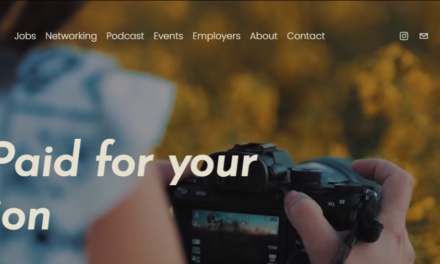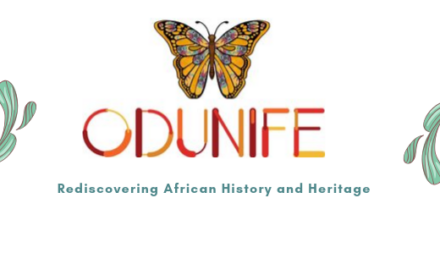Want a tiny slice of the $210B e-learning market pie expected to quadruple in size by 2030?
Chris Lema, CEO of Motivations AI, outlined how to drive revenue through online courses during his Creator Economy Expo presentation. Today, we share five insights from Chris so you can get a move on this growing market. (Frankly, Chris’ advice should work well for almost any content product you want to create.)
1. End your hesitation and get started. Some creators don’t launch courses because they think they aren’t an expert in the subject or as proficient as someone else. But, Chris says, realize that no matter where you are in your creator journey or what you’ve done, there’s always someone doing it worse (and better) than you.
Perplexed by selecting the platform? Pick one. No platform is so amazing that it will solve all your problems, and not one is so bad it will destroy your content, he says.
Stressed about marketing? Don’t be. Follow Chris’ advice to come.
2. Identify the gap where you’re most comfortable: Many creators mistakenly think they have to address the knowledge gap – helping people learn what and how to think. But your content could address one of three other gaps: skill, context, and motivation.
When addressing the skill gap, you teach the audience how to do something and in what order. Think cooking shows. Explainer and how-to videos or text instructions work well here.
With the context gap, your content bridges where someone is and where they’re going. Think about a tennis player interested in pickleball. Maps, glossaries, and translations are helpful tactical solutions.
Motivation is a gap that, when filled, helps people do the stuff they want to do but don’t. Think about diets and fitness. This content revolves around encouragement, connections, and one-on-one interactions.
3. Know why people will pay. Identify why an audience would hand over their credit card to take your e-learning courses.
Chris created a list that covers all the potential reasons: core needs, pain reduction, risk reduction, life improvement, goal acceleration, long-term savings, upside/return on investment, shared memories, entertainment, or power and prestige.
Now that you’ve identified the gap you are comfortable filling and why people would buy that content, the topics for your courses will almost present themselves.
4. Craft a custom pitch. Too often, creators mistakenly see themselves as the audience – they create what they would want in a e-learning course. But that sample size of one doesn’t work.
Instead, think about (and research) what a category of your target audience might want and develop a marketing message that resonates with them. Here are eight audience goal-focused types to consider:
- Promise achiever: Reaches goals and stands out from the crowd.
- Driver: Breaks through any barrier and achieves their goals.
- Influencer: Make a difference in the world.
- Learner: Continue learning and growing in your business.
- Optimizer: Streamline operations and maximizes productivity.
- Orchestrator: Get the techniques to build a winning team.
- Relator: Build meaningful connections within their community.
- Visionary: Take their business to the next level.
Chris points to Convert Kit’s home page to illustrate how creators can adapt their messages for their target audience even though the product is the same. Visitors who scroll down can see four audiences – coaches, authors, podcasters, and musicians. When they click on the group with which they best identify, the message’s vocabulary reflects that industry even though the product is the same.
5. Package without bonuses. Many creators package their products by identifying the primary product and then offering bonus after bonus after bonus so customers perceive they’re getting a lot.
But that’s not necessary if your content product offering aligns with what motivates your audience.
About the author
Ann regularly combines words and strategy for B2B, B2C, and nonprofits, continuing to live up to her high school nickname, Editor Ann. An IABC Communicator of the Year and founder of G Force Communication, Ann coaches and trains professionals in all things content. Connect with her on LinkedIn and Twitter.










